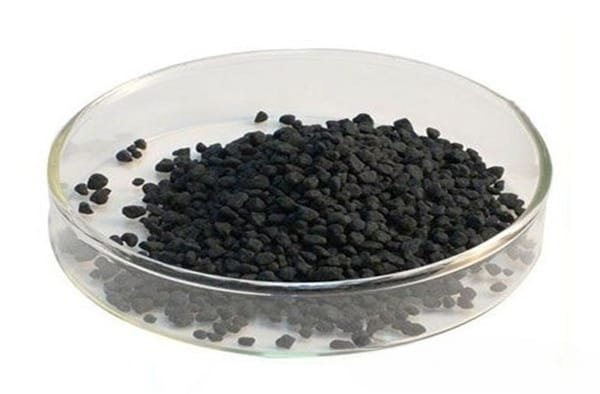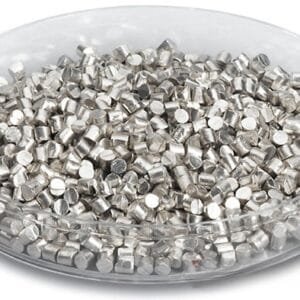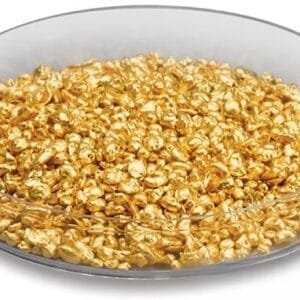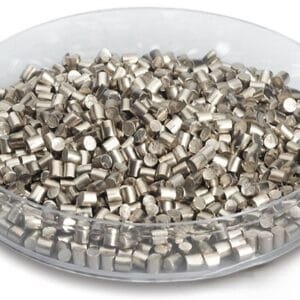Niobium Diselenide Evaporation Materials Overview
Niobium diselenide (NbSe₂) evaporation materials, offered by TFM, are high-quality selenide ceramic materials crucial for various deposition processes. With a chemical formula of NbSe₂, these materials are essential for creating high-purity deposited films. TFM is committed to producing niobium diselenide with exceptional purity levels, up to 99.9995%, ensuring reliable and consistent results.
Niobium Diselenide Evaporation Materials Specification
| Material Type | Niobium Diselenide |
| Symbol | NbSe2 |
| Appearance/Color | Gray solid |
| Melting Point | >1300 °C |
| Density | 6.3 g/cm3 |
| Purity | 99.9% ~ 99.999% |
| Shape | Powder/ Granule/ Custom-made |
Applications
Niobium diselenide evaporation materials are versatile and used in a range of deposition techniques, including:
- Semiconductor Deposition
- Chemical Vapor Deposition (CVD)
- Physical Vapor Deposition (PVD)
These materials are particularly valuable for optical applications such as:
- Wear Protection
- Decorative Coatings
- Display Technologies
Packaging and Handling
TFM ensures that niobium diselenide evaporation materials are packaged with clear labeling for easy identification and quality control. The packaging is designed to prevent damage during storage and transportation, maintaining the integrity of the product.
Contact Us
As a premier provider of high-purity niobium diselenide evaporation materials, TFM offers a range of forms, including tablets, granules, rods, and wires. Custom shapes and quantities are available upon request. We also supply evaporation sources, boats, filaments, crucibles, heaters, and e-beam crucible liners. For current pricing and additional information, please reach out with your inquiry.


 MSDS File
MSDS File



Reviews
There are no reviews yet.